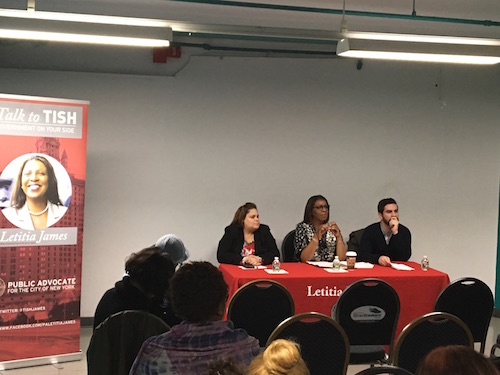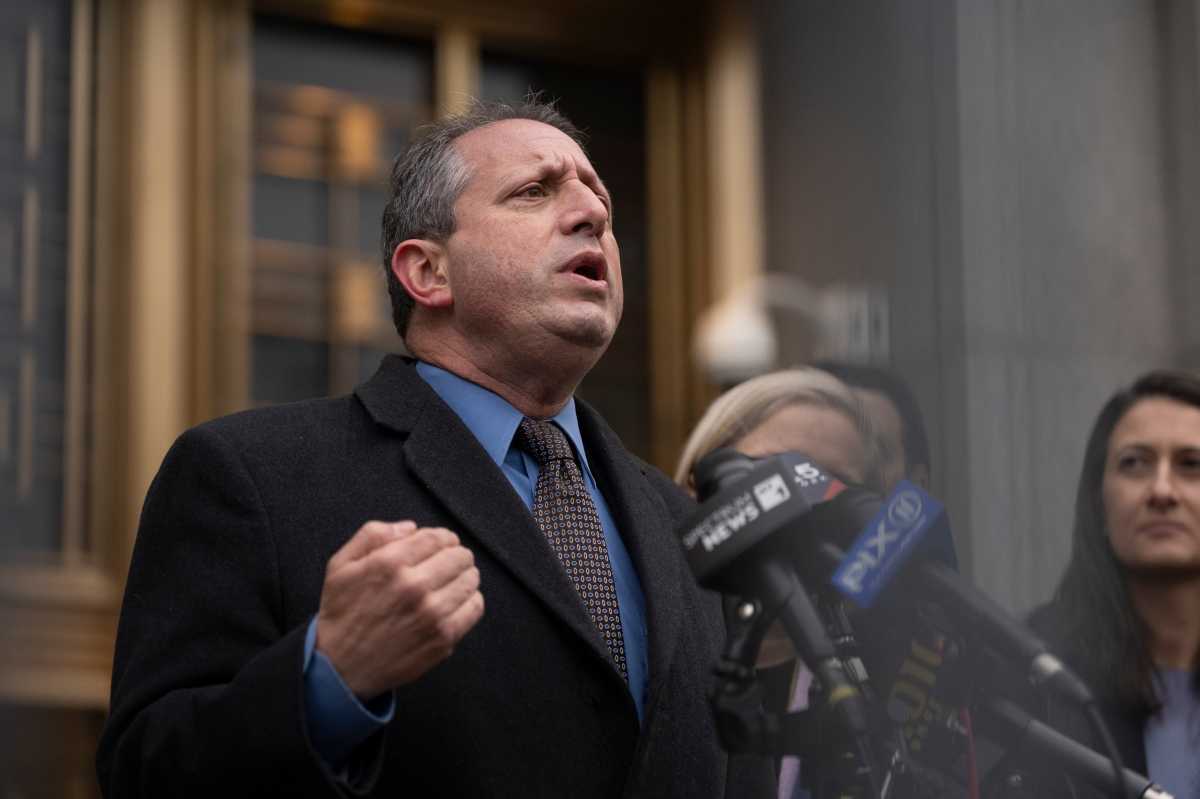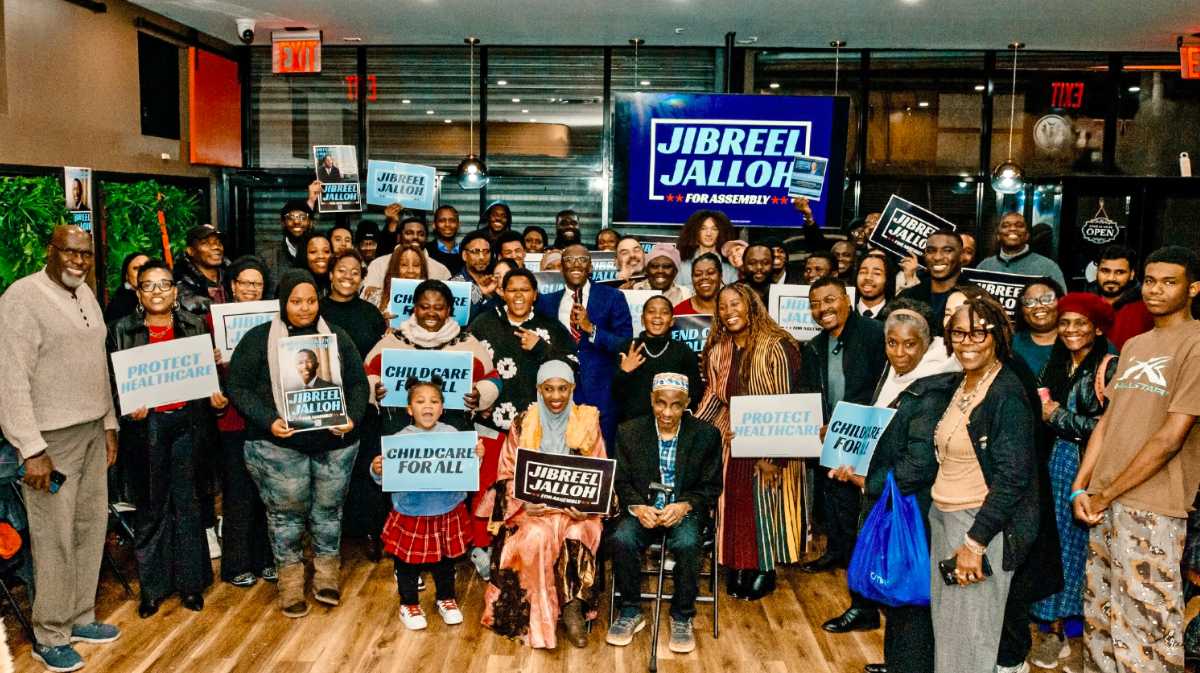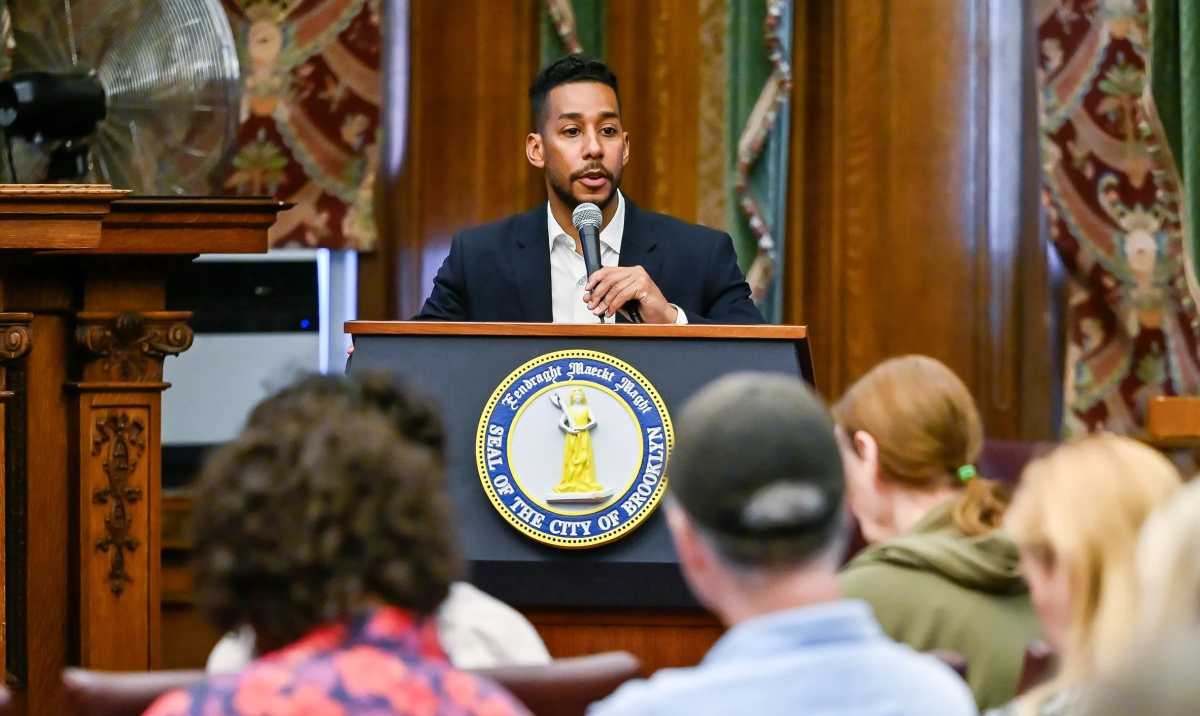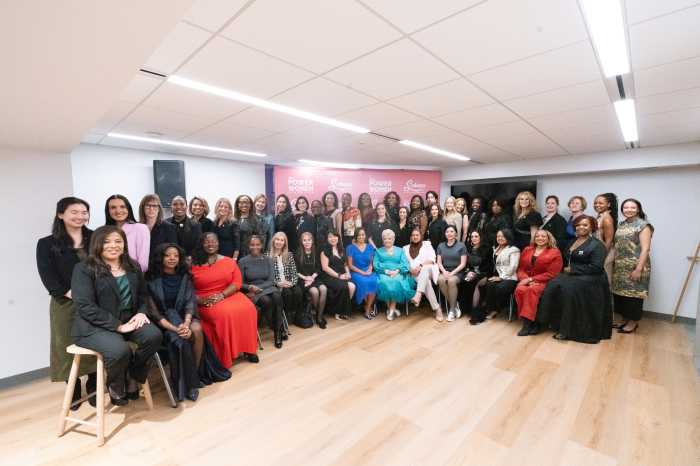Affordable Housing as it relates to increased development, bike lanes and historic landmarking dominated the discussion at Public Advocate Letitia James‘ town hall meeting held last Friday at the YMCA, 570 Jamaica Avenue in Cypress Hills.


Besides James, also in on the Town Hall were City Council Member Rafael Espinal Jr. (D-Bushwick, East New York, Cypress Hills) and Patria Frias-Colon, the Brooklyn Borough Chief of the Family Court Division from the City’s Law Department.
Residents of Cypress Hills and other subsections of East New York voiced their concerns over the continuing pace of development that shows no signs of slowing down. Yet James also pushed for greater community initiative in combatting the effects of development.
Yet for some audience members, it remains to be seen if community engagement is enough to stop or at the least, mitigate gentrification. But for one audience member, the issue is enough for him to take action.
“In my block alone, I’ve noticed that several of my neighbors have moved out because they couldn’t afford it anymore,” said Juan Robles, 32 of Cypress Hills.
Robles did not mince words over what is the underlying cause of development and gentrification. “It’s when the white people moved in that the city started caring more about this community. When I noticed that, it sparked a passion in me that I don’t want people to be displaced,” he said.
A resident of Prospect Lefferts Gardens who attended the town hall feels that the town hall provided reassurance that politicians were hearing local residents. But, she pointedly added, reassurance is different from keeping a promise.
According to the Census Bureau’s American FactFinder, more than 40% of people who live in a particular tract of Cypress Hills near Broadway Junction spend more than 50% of their income on housing. For a resident of a neighborhood affected by gentrification, the data reflects her day-to-day struggles.
“Housing takes the bulk of your income. If you are unfortunate to have a large student loan like I do, so that’s basically your income there,” said Dominique Jean-Baptiste, 52 of Prospect Lefferts Garden. Baptiste also said that the talk about affordable housing is sorely lacking in one important aspect.
“The only thing I would have loved to have them address more is affordable means what? For example, in my neighborhood, one of the tallest buildings was opened over the summer. It’s on Flatbush Avenue and Fenimore [Street]. I think it’s like 16 stories and they said it was affordable. It mentioned households that make $50,000, and I’m like how many people in the area really make $50,000? It makes me wonder what is affordable,” she said.
At one point, an audience member wished for more community involvement towards the placement of bike lanes, but also said that the community would be in favor of them.
James countered that if community boards had the final say over bike lanes, there probably would not be as many created.
Another audience member complained that the city simply used the community boards as window dressing over the decision-making process that largely ignored local neighborhoods.
James listened as a young woman asked what could be done to protect local landmarks. James answered that she can act only when the community does.
“I landmarked parts of Fort Greene, parts of Crown Heights, parts of Prospect Heights and parts of Bedford Stuyvesant. That wasn’t done by me, it was done by the community. It was a group of individuals who were civically engaged who literally went house to house and looked for historic and original features and then presented an application to me. I in turn went to landmarks,” said James, recalling her days as a City Council member.
The discussion over what to be done with landmark applications is indicative of a complex issue which is how to revitalize a community while maintaining a neighborhood’s characteristics.
“In Downtown Brooklyn landmark districts, you got some developers, who because it was landmarked, preserved the façade of the building and they developed the interior. So that was a win-win for everyone,” James said.
James and Frias-Colon discussed other issues affecting the community, including juvenile crime.
Jean-Baptiste said she thought James did a good job of listening to her audience, but left the meeting guarded.
“It was a good meeting. She [James] was willing to come out here and speak to the people and hear what they have to say, but long-term, I don’t know what it means. Are we really gonna see improvement? Are the people gonna get what they want?” she asked rhetorically.


